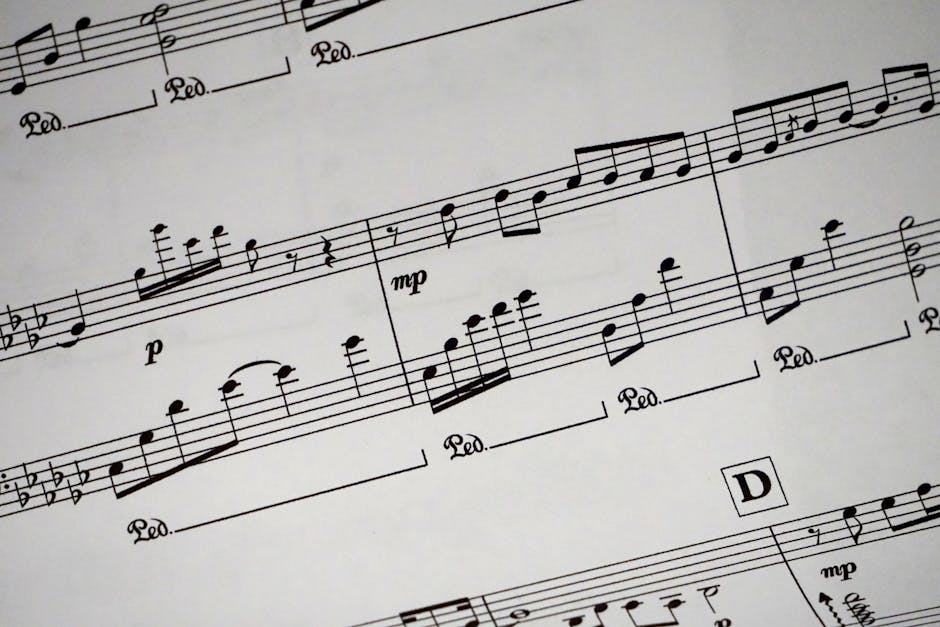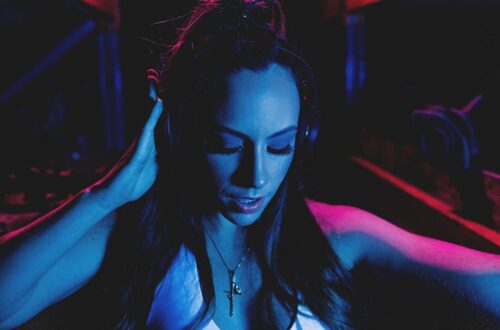Sound and score highlights are at the heart of what makes our favorite TV and film moments unforgettable. At Scene Flow – Scenlo, we believe that these elements, combined with expert scene flow, guide viewers through stories, emotions, and twists, ensuring every beat lands with impact. Whether it’s the pulse of a suspenseful soundtrack, the subtlety of a transitional sound cue, or the masterful arrangement of scenes, understanding how sound and score interact with scene flow reveals the magic behind seamless storytelling.
The Anatomy of Scene Flow: Where Sound Meets Story

Photo by Zukiman Mohamad on Pexels
Scene flow is the invisible current that propels us through a narrative, making complex stories feel natural and engaging. It’s more than the order of shots; it’s the rhythm that connects each moment, ensuring viewers are never lost or jarred by abrupt changes. In screenwriting and editing, scene flow is achieved through a blend of transitions, shot composition, and pacing. Techniques like establishing shots anchor us in time and place, while temporal shifts and match cuts maintain momentum and clarity.
But what truly elevates scene flow is the integration of sound and score. A well-timed musical cue or ambient sound can guide our attention, evoke emotion, and signal shifts in tone or setting. For example, a swelling orchestral theme might underscore a character’s triumph, while a sudden silence can heighten suspense before a pivotal reveal. These auditory elements work hand-in-hand with visual transitions, creating a cohesive sensory experience that immerses us in the story.
Mastery of scene flow, enhanced by sound and score, is what transforms a collection of scenes into a compelling narrative journey. It’s the secret ingredient that makes a plot twist shocking rather than confusing, or a character’s transformation feel authentic and earned. When these elements align, the result is a viewing experience that resonates long after the credits roll.
Transitions, Cuts, and the Role of Sound in Seamless Storytelling
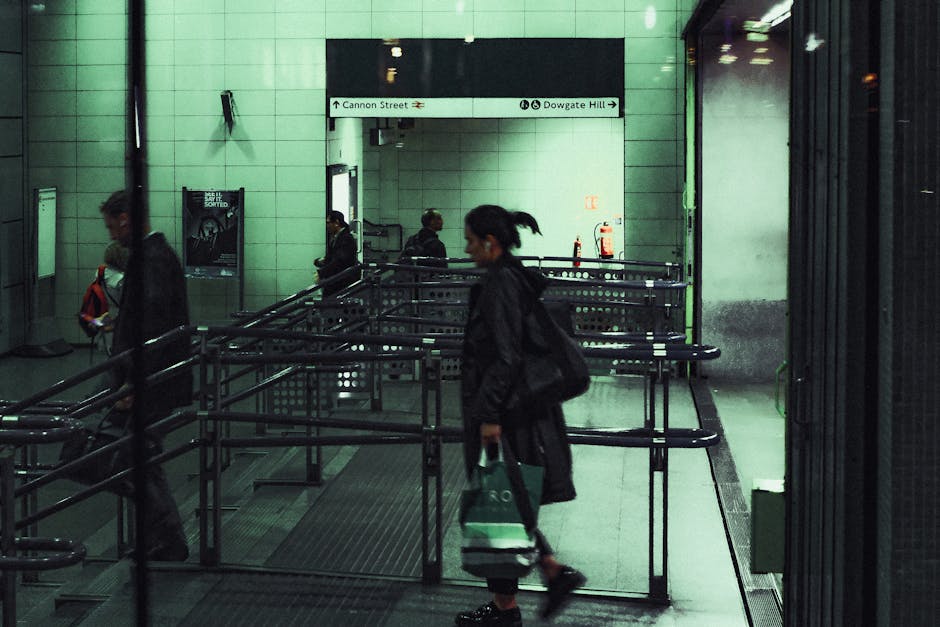
Photo by Nathan J Hilton on Pexels
Transitions are the connective tissue of film and TV storytelling. From basic cuts to advanced match cuts, each technique shapes the viewer’s experience, controlling pacing and emotion. Establishing shots set the scene, while temporal shifts move us through time without losing narrative cohesion. The dissolve, for instance, allows visuals from one scene to overlap with the next, creating a sense of continuity or passage of time. Fades, whether to black or white, provide definitive endings to scenes, signaling closure or a significant shift in the story’s direction.
Sound plays a pivotal role in these transitions. Subtle audio cues—like a rustle in the stereo space or a change in background score—prime the audience for what’s coming next. These cues can guide our attention, prepare us for a new emotional tone, or even foreshadow upcoming events. A well-placed sound effect can make a cut feel smoother, while a musical motif can bridge disparate scenes, maintaining narrative flow.
Advanced editing techniques such as J and L cuts further demonstrate the synergy between sound and visuals. In a J cut, the audio from the next scene begins before the visual transition, easing the viewer into the new context. Conversely, an L cut allows the audio from the previous scene to linger, providing emotional continuity even as the visuals change. These methods, when paired with thoughtful scoring, ensure that transitions are not just functional but emotionally resonant.
Shot Composition and Musical Motifs: Crafting Emotional Resonance
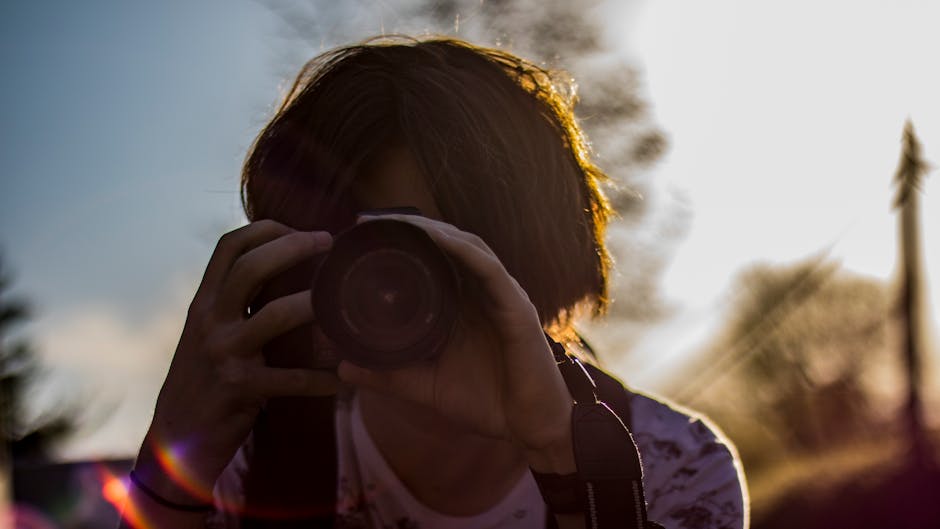
Photo by Louis-Charles Blais on Pexels
Shot composition is a critical component of scene flow, determining how viewers perceive and connect with characters and environments. Techniques like center framing draw us into a character’s emotional world, while the rule of thirds balances interactions within a larger environment. Wide shots can emphasize isolation or scale, mid shots focus on relationships, and tight shots reveal subtle emotional details.
Music and score amplify the impact of these visual choices. A recurring musical motif can become synonymous with a character or theme, instantly evoking specific emotions whenever it appears. For instance, a gentle piano theme might underscore moments of vulnerability, while a driving percussion track heightens tension during action sequences. These motifs not only reinforce the story’s mood but also help unify disparate scenes, making the narrative feel cohesive.
Sound design also plays a role in maintaining consistency across shots. By keeping certain audio elements—such as ambient noise or character-specific sounds—consistent, filmmakers ensure that scene transitions feel natural and immersive. This attention to detail prevents jarring shifts that could disrupt the viewer’s emotional engagement, allowing the story to flow seamlessly from one moment to the next.
Pacing, Rhythm, and the Art of Building Suspense
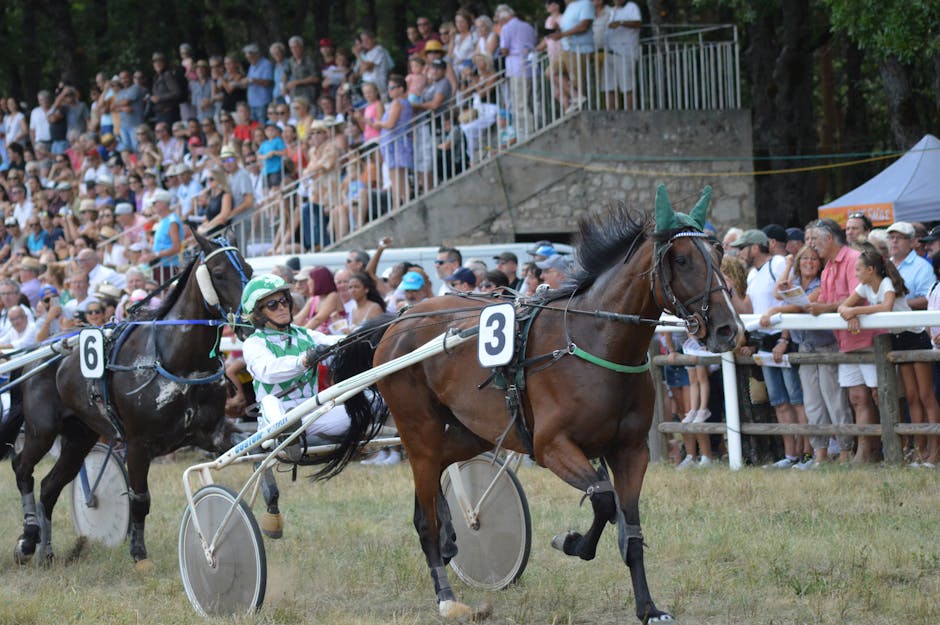
Photo by Ulrick Trappschuh on Pexels
Pacing is the heartbeat of storytelling, dictating how quickly or slowly a narrative unfolds. The interplay of sound, score, and scene flow is crucial in establishing rhythm and maintaining audience engagement. Quick cuts paired with energetic music can create a sense of urgency, while slower transitions and ambient soundscapes allow for reflection and emotional depth.
Suspense, in particular, relies on careful manipulation of pacing and sound. A gradual build-up in the score can signal impending danger, while sudden silences can make audiences hold their breath in anticipation. Editors and sound designers often use rhythmic patterns—such as repeating musical phrases or escalating sound effects—to heighten tension and guide viewers through the story’s peaks and valleys.
The best storytellers know when to accelerate the pace and when to let a moment breathe. By aligning visual transitions with changes in the score, they create a dynamic flow that keeps audiences invested. This synchronization ensures that every twist, reveal, and emotional beat lands with maximum impact, making the viewing experience both thrilling and memorable.
Iconic Examples: When Sound & Score Highlights Define Scene Flow
![]()
Photo by Amar Preciado on Pexels
Throughout the history of TV and film, there are countless examples where sound and score have defined the flow of a scene or even an entire narrative. Consider the use of a haunting melody to signal the arrival of a villain, or the strategic deployment of silence before a major plot twist. These choices are rarely accidental; they are the result of careful collaboration between directors, composers, and editors.
In some cases, a single musical cue becomes iconic, instantly recognizable and forever linked to a particular moment in pop culture. Think of the suspenseful strings in a classic thriller or the triumphant fanfare in a superhero’s victory scene. These sound and score highlights not only enhance the immediate impact of a scene but also contribute to the lasting legacy of the story itself.
Even in more subtle applications, the interplay of sound and scene flow can transform a simple conversation into a memorable cinematic moment. By layering ambient sounds, adjusting the tempo of the score, and employing strategic silences, filmmakers create a rich tapestry of emotion and meaning that resonates with audiences long after the screen fades to black.
The Future of Scene Flow: Innovations in Sound and Score

Photo by Andrey Matveev on Pexels
As technology advances, the possibilities for integrating sound and score into scene flow continue to expand. Immersive audio formats like Dolby Atmos allow for three-dimensional soundscapes, placing viewers at the center of the action. Interactive storytelling in streaming platforms and video games further blurs the line between viewer and participant, requiring even more sophisticated sound design to maintain narrative flow.
Artificial intelligence and machine learning are also beginning to play a role in composing scores and generating sound effects tailored to specific scenes or viewer preferences. These innovations promise to make sound and score even more integral to the storytelling process, offering new ways to guide emotions, signal transitions, and enhance immersion.
Despite these technological advancements, the core principles of scene flow remain unchanged. It is the thoughtful combination of visual and auditory elements that creates a seamless, engaging narrative. As storytellers continue to push the boundaries of what’s possible, sound and score highlights will remain essential tools for crafting unforgettable TV and film experiences.
Conclusion: The Enduring Impact of Sound & Score Highlights on Scene Flow
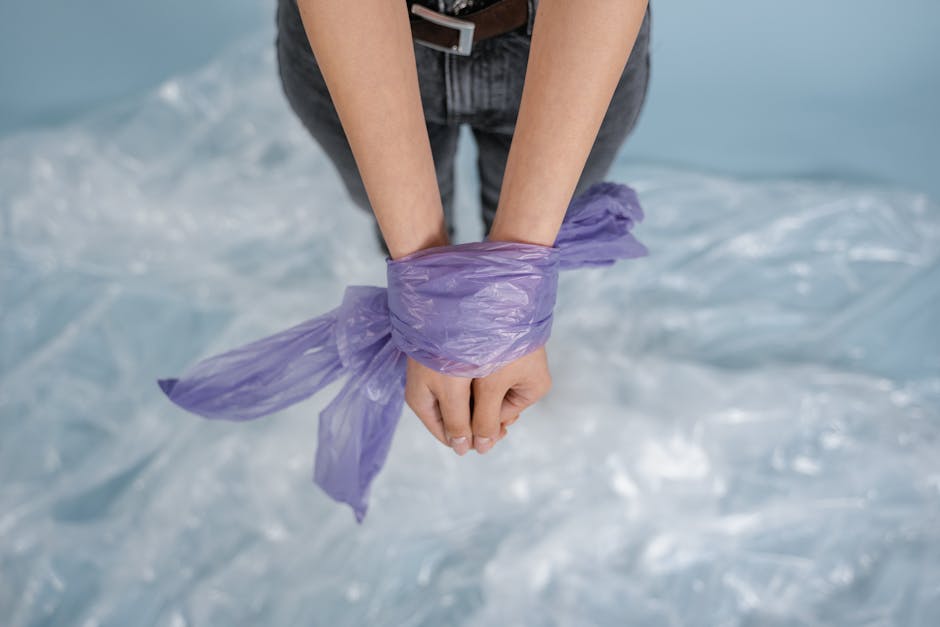
Photo by MART PRODUCTION on Pexels
Sound and score highlights are not just embellishments—they are foundational to the art of scene flow in TV and film storytelling. By guiding our emotions, signaling transitions, and reinforcing narrative themes, these elements ensure that every moment feels intentional and impactful. As audiences become more attuned to the nuances of sound and score, the demand for innovative, emotionally resonant storytelling will only grow.
At Scene Flow – Scenlo, we celebrate the creators who master these techniques, transforming scripts into unforgettable experiences. Whether you’re a filmmaker, a critic, or a passionate fan, understanding the power of sound and score in scene flow offers a deeper appreciation for the stories that move us—and keeps us coming back for more.
Sources
- https://scenlo.com/the-art-of-scene-flow-how-fan-theories-shape-the-way-we-watch-tv-film/
- https://library.fiveable.me/screenwriting-i/unit-7/transitions-scene-flow/study-guide/X7pHV2t2fPOgzzcU
- https://www.studiobinder.com/blog/what-is-film-editing-definition/
- https://www.youtube.com/watch?v=4vpqa2oYuMY
